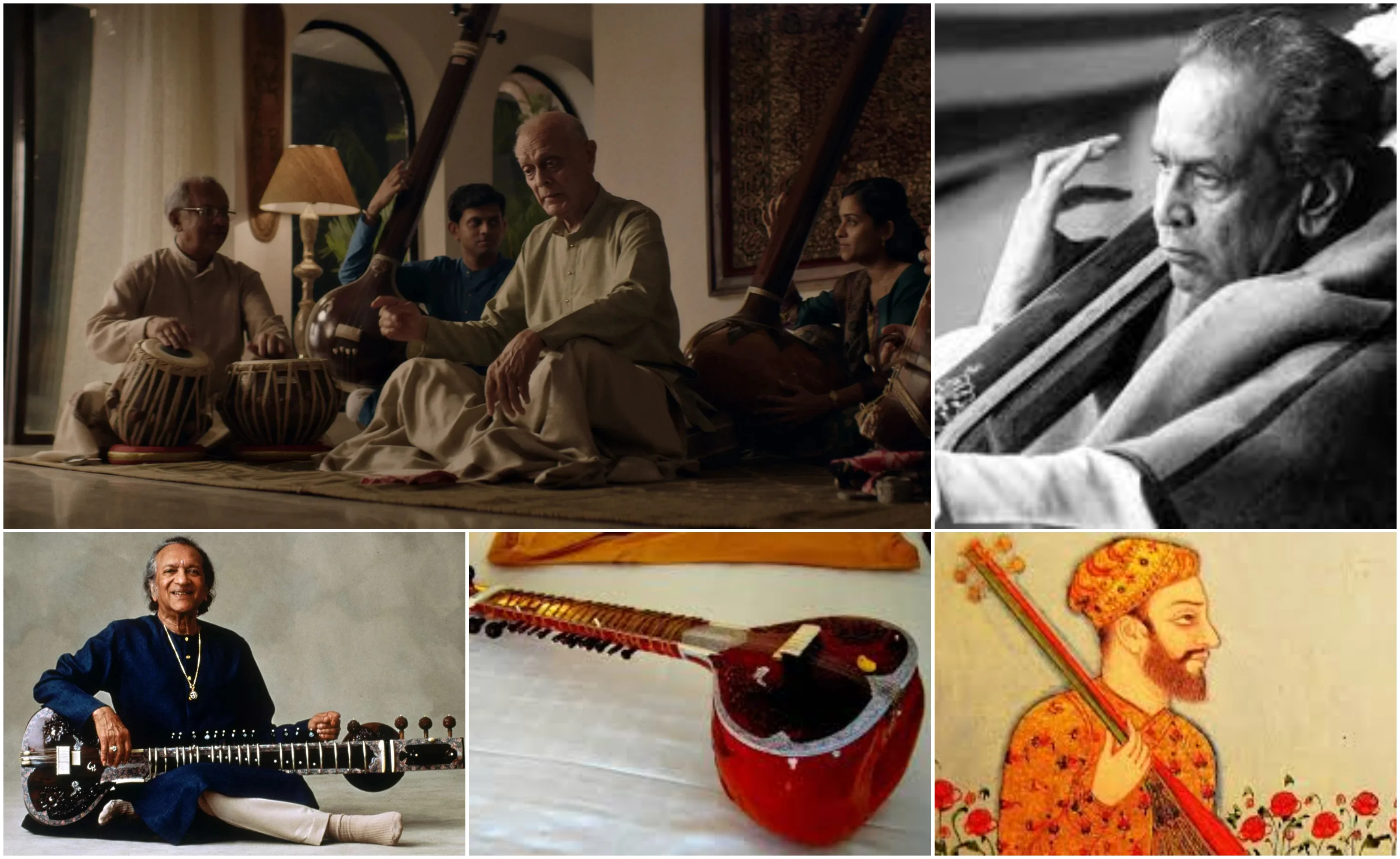What do Carnatic music and Jazz possibly have in common?

Carnatic music is among the world's most widely and deferentially revered forms of Classical music; Jazz rose from the depths of folksy angst with the rebellious explosiveness that only liberal music could express and emancipate. Yet, they have many core similarities.
Ragas and modes
Carnatic music is a predominantly raga-based form of music. The raga is the overarching mood or melodic dialect underpinning every composition or performative piece. Every piece is set in a specific raga, defined as a set or sequence of notes and constructed by a latticework of idiosyncratic melodic patterns orbiting a defined Key.
Jazz plays fast and loose with the tonality of its pieces. Its pieces are also woven around melodic scales or modes. While it is rife with Key changes, Modal interchanges, and modulation, Jazz distinctly recognises the essentiality of scalar modes, and plays around with them rather than stick to the sacred script. Borrowed chords are returned with interest.
MODES AND EQUIVALENTS
Dorian Mode - Kharaharapriya (Herbie Hancock's 'Maiden Voyage'; Tyagaraja's 'Rama Nee Samanamevaru')
Natural Minor (Aeolian Mode) - Natabhairavi Dave Brubeck Quarter's Take Five';
Muthuswami Dikshitars 'Sreeneelotpalanayike')
Melodic Minor - Gowrimanohari (Joseph Kosma's 'Autumn Leaves'; Tyagaraja's 'Guruleka')
lonian mode Shankarabharanam (Muthuswami Dikshitars 'Sri Dakshinamurthe'; The Beatles' 'Let It Be')
Melodic and rhythmic complexity polyrhythms and polymeters
Rhythm is a crucial aspect of both the art forms, and not just in a casual way aimed to make the audience tap their feet along. There are many mathematical and arithmetic calculations that go into the composition and performance. Polyrhythms and polymeters are used intensively to spice up the experience of playing and listening.
The use of polymeter, a technique where beat cycles of different number of pulses are played over the same tempo and changes in the meter are introduced in the middle of a song, more than just once, is not so common in Carnatic music except perhaps in the Ragam Tanam Pallavi, a format that explores plaintive melodic patterns, coupled with onomatopoeic syllables, and lyricism. Polyrhythms, wherein different beat cycles and time signatures are played or rendered over one another at different tempos to achieve interesting syncopations and syllabic emphasis, greet you at every concert and ensemble session.
Fundament of canon and comprehensive study of standard compositions
Both forms have a rich tapestry of standard songs and canonical compositions that are rendered faithfully and studied in depth. In fact, Carnatic music ragas are supposed to be abstract musical entities but modern-day musicians often derive them from their formulations in songs and the way in which great pastmasters have rendered them. Not all 72 Melakarta ragas have the same representation in song form. Jazz standards form the basic repertoire of any jazz musician. Popular tunes from the 19th and 20th Centuries, their treatment over time has vested them with the gamut of jazz techniques and influences from adjacent genres such as the Blues, Ragtime, Swing, West African Music, and showtunes written for Broadway musicals.
Improvisation with methodical patterns
Ad-libbing, riffing, coming up with chordal and harmonic shifts and melodic lines on the spot, spontaneously dovetailing into polymetric rhythm structures all these are as basic as they are challenging for a jazz performer. Tunes are overlaid with alternative groupings of notes and pulses to enhance intelligibility and intrigue. Manodharma, scatting Besides the copybook renditions, the Carnatic music kritis rendered in a concert are appended with pockets of improvisation - the vocalist, melodic accompanists, and percussionists each get to eke out variances and build on on the main tune, generate complex filigrees and ornamentations, independently creating permutations of notes and pulses, all the while gelling together to keep the composition's integrity intact.
Picture Credit : Google